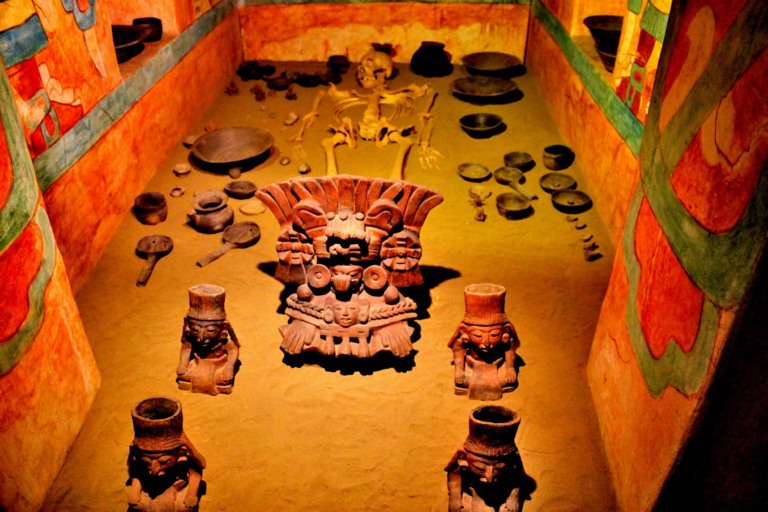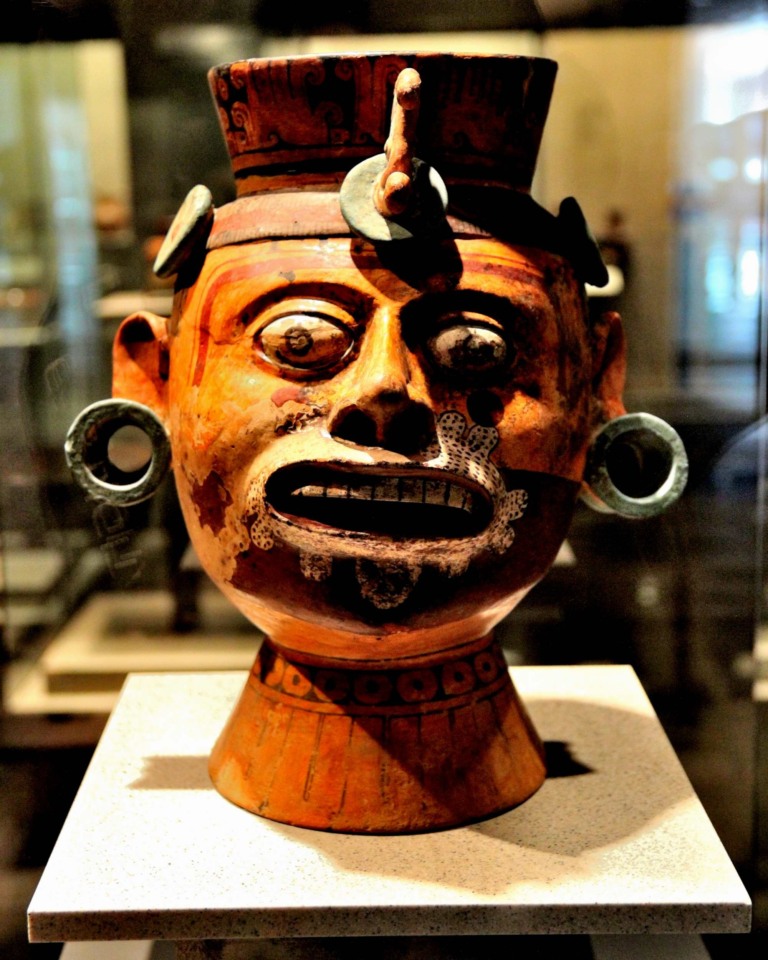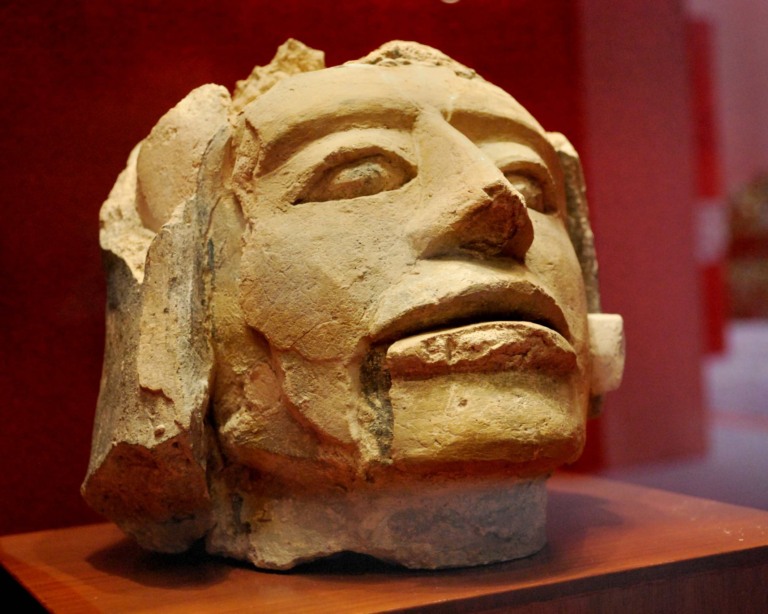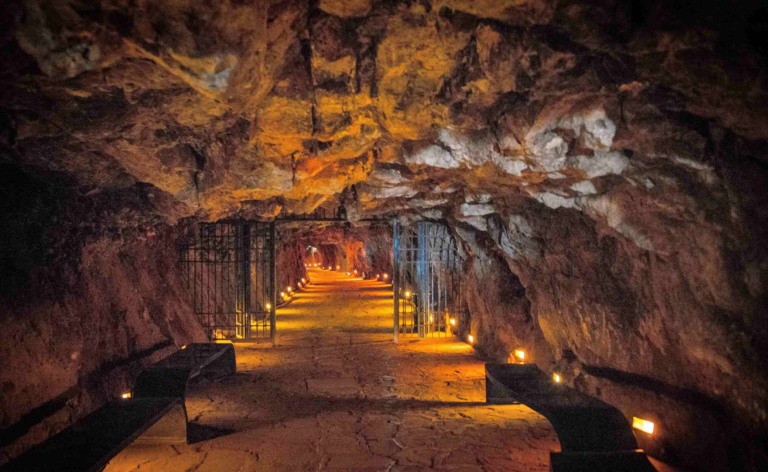The Gulf of California is a large inlet of the eastern Pacific Ocean along the northwestern coast of Mexico. It is also called the Sea of Cortez, Spanish Golfo de California, or Mar de Cortés. From the east, it is surrounded by the Mexican mainland, and from the west, it is surrounded by the mountainous peninsula of Baja California. There are two different ideas about where the gulf came from.
Gulf of California Mexico
One says that it is structurally part of the Pacific Ocean, while the other says that Baja California is slowly pulling away from the continent as it moves north along the great San Andreas Fault system. Since 100 million years ago, the peninsula has probably moved about 300 miles (480 km). There may have also been some movement up and down, which would have made the peninsula rise and the gulf sink.
Where is the Gulf of California
The gulf is about 750 miles (1,200 km) long and an average of 95 miles (153 km) wide, with a width of about 200 miles (320 km) at its mouth. The total size of the gulf is 62,000 square miles (160,000 square kilometers). It is split into two parts by the large islands of Angel de la Guarda and Tiburón, which mark a narrowing. The northern part is shallow and rarely goes deeper than 600 feet (180 meters). There are a number of depressions in the south.
The deepest one is more than 10,000 feet (3,000 meters). The dangerous Salsipuedes Basin, which has been a problem for sailors for a long time, is made by a strong tide bore that flows between the two. At its head, the Colorado River flows into the Gulf of Mexico through a large delta. The Fuerte, Mayo, Sinaloa, Sonora, and Yaqui rivers flow into the Gulf from the east across a wide coastal plain.
On its shores are the ports of La Paz, on the peninsula of Baja California, and Guaymas, on the coast of Mexico’s main land. Some of the best places for commercial fishing in Mexico are in the Gulf. Shrimp, tuna, and sardines are among the most common fish caught there. Game fish are important to the sport-fishing fleets of many small ports along the Gulf. Along the southwest coast, some pearling is done.
The Sea of Cortez
In 1532, a group led by Nunez de Guzmán and sent by the Spanish conqueror Hernán Cortés reached the gulf, but they didn’t know it was a gulf at the time. Three years later, Cortés led a second group across the Gulf of Mexico to what they thought was an island at the time, the Baja Peninsula.
In 1539, a Spanish explorer named Francisco de Ulloa proved that Baja California was a peninsula and not an island. He named the gulf “Mar Bermejo,” which means “Vermilion Sea,” because the water is full of bright red plankton. Still, people believed that the Gulf was an island until the 18th century.
Islands and Protected Areas of the Gulf of California
In 2005, UNESCO named the “Islands and Protected Areas of the Gulf of California” a World Heritage Site. As a series of properties, the area is spread out over the Mexican states of Baja California, Baja California Sur, Sonora, Sinaloa, and Nayarit. The site is made up of 244 islands, islets, and parts of the coast in the Gulf of California in the northeast of Mexico.
People have said that the islands in the Sea of Cortez are a natural lab where you can study how species change over time. Also, almost all of the most important oceanographic processes that happen in the oceans of the world happen on this property, making it a very important place to study. The setting is very dramatic, with rough islands with high cliffs and sandy beaches that stand out against the bright reflection of the desert and the turquoise water around them.
It has 695 different types of vascular plants, which is more than any other marine or island site on the World Heritage List. There are also a lot of fish. There are 891 species, and 90 of them are only found in this area. Also, the site is home to 39% of the world’s marine mammals and a third of the world’s marine cetaceans.
Gulf of California Facts
- The body of water was named “Sea of Cortes” to honor the Spanish conquistador Hernan Cortez, who took Mexico for Spain. Some people call it the Gulf of California, but the people who live there like its original name and spelling better.
- The Sea of Cortez is the youngest sea on Earth. It has only been around for 5 million years.
- In the 1940s, Jaques Cousteau, an explorer who was very impressed by the sea’s huge variety, made it well-known. He called it the “Aquarium of the World,” which has stayed with it over time.
- At its deepest point, the Gulf of California is a little more than 3,000 meters deep. It is 750 miles long and 95 miles wide on average.
- There are 244 islands in the Sea of Cortez. This is because the San Andreas Fault and tectonic plates run down the middle of the sea.
- Many animals migrate to the Sea of Cortez every year, including the California Gray Whale, the Leatherback Sea Turtle, and the Blue Whale, which is the biggest animal on Earth.
- The Sea of Cortez is one of the best places on earth to snorkel, scuba dive, paddle board, and kayak because it has so many different kinds of plants and animals.
- The body of water was added to the list of UNESCO World Heritage Sites in 2005 because it is home to a mega-diverse ecosystem and has important oceanographic processes happening there.
- The Gulf of California is the most biologically diverse body of water on Earth. It is home to 900 species of fish, 695 species of vascular plants, 39% of the world’s marine mammals, and 1/3 of the world’s marine cetacean species.








